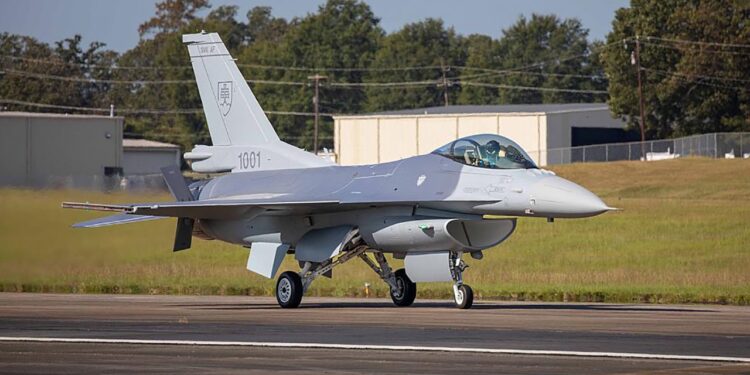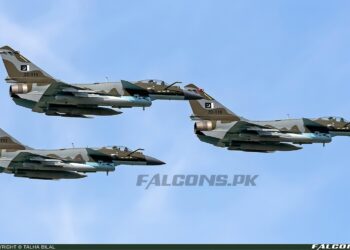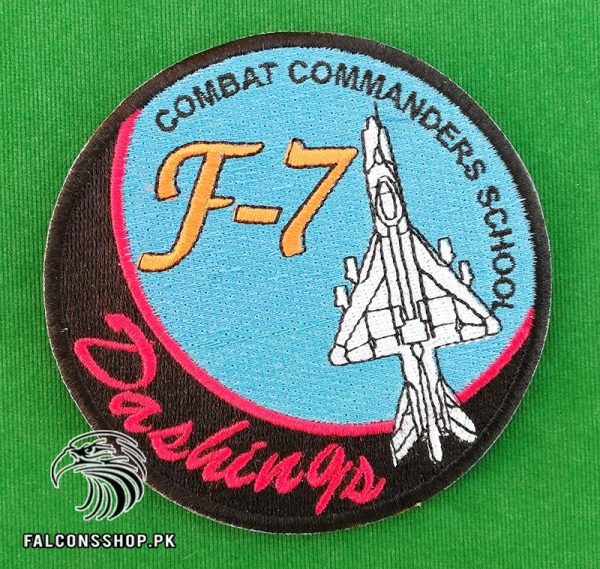Lockheed Martin has delivered the first two F-16 Block 70 aircraft to the Slovak Air Force, marking a significant leap in technology and a strong commitment to bolstering Slovakia’s national security.
OJ Sanchez, the Vice President and General Manager of the Integrated Fighter Group at Lockheed Martin, stressed the importance of this delivery, stating “The handover of these first two F-16 Block 70 jets to Slovakia signifies a pivotal moment in enhancing the country’s defense capabilities. We take pride in our role in this initiative and are dedicated to providing a total of 14 jets to Slovakia.
The incorporation of this proven platform will empower the Slovak Air Force to efficiently protect its borders and collaborate with allies across Europe, NATO, and the global stage. We are unwavering in our commitment to advancing 21st Century Security through cost-effective operations and strategic partnerships, ultimately ensuring the safety and security of U.S. allies.
“Furthermore, Bulgaria has entered into a Letter of Offer and Acceptance (LOA) for an additional eight jets to enhance its fleet. Once the agreement is finalized, the backlog will increase by eight. Deliveries to Slovakia will continue through 2025, and the initial batch of jets, referred to as a ferry cell, is anticipated to arrive in Slovakia in mid-2024.
These F-16 Block 70 jets, manufactured in Greenville, South Carolina, showcase advanced engineering and technology. With a current backlog of 135 jets, the production line plays a pivotal role in national security, offering cutting-edge F-16 fighter jet capabilities to allies worldwide.
Northrop Grumman’s APG-83 AESA radar provides the F-16 Block 70/72 with 5th Generation fighter radar capabilities by leveraging hardware and software commonality with F-22 and F-35 AESA radars. It delivers greater situational awareness, flexibility and quicker all-weather targeting and provides pilots with unprecedented target area detail and digital map displays that can be tailored with slew and zoom features.
he Block 70/72 features a new, high-resolution Center Pedestal Display (CPD), which provides critical tactical imagery to pilots and allows them to take full advantage of AESA and targeting pod data. The new CPD enables color-moving maps, larger and easier-to-manage air-to-air Situation Displays, zoom functionality with the ability to switch information among displays, a digital display of Flight Instrument Data, and a color/night helmet-mounted display.
Additional integration of the Lockheed Martin Sniper Advanced Targeting Pod and Legion-ES IRST system increases pilot situational awareness and enhances warfighter survivability.
Developed by Lockheed Martin, the Automatic Ground Collision Avoidance System (Auto GCAS) was purpose-built to prevent deadly crashes and has already saved the lives of multiple pilots and F-16s since the system entered service with the U.S. Air Force in late 2014.
The Auto GCAS is designed to reduce incidents of what is known as controlled flight into terrain, or CFIT. According to U.S. Air Force statistics, CFIT incidents account for 26 percent of aircraft losses and a staggering 75 percent of all F-16 pilot fatalities.
The Block 70/72 has an industry-leading extended structural life of 12,000 hours – more than 50 percent beyond that of previous production F-16 aircraft. That means a highly reliable, readily maintainable jet of at least 40 years of service life for most air forces, with no expected extended structural repairs throughout that entire lifetime.
The conformal fuel tanks provide increased fuel and added range, without sacrificing the aerodynamic performance of the jet, along with an improved performance engine.






